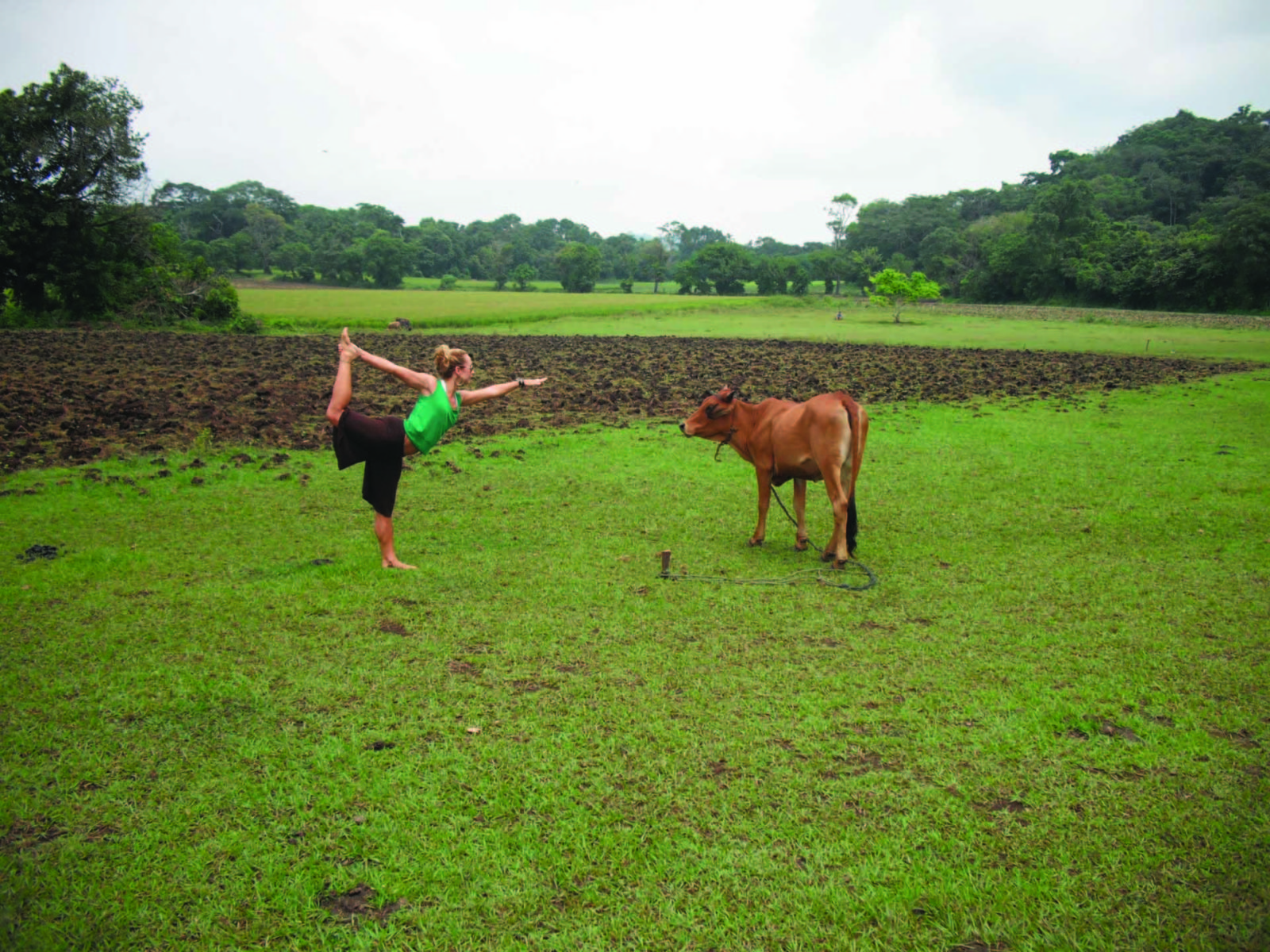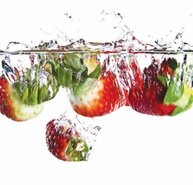Reduce your carbon Food-Print: Eat your veggies!

Grace Van Berkum, R.H.N., is a plant-powered, detox nutritionist and…
We should all know by now that what you eat affects your health. But did you know that what you eat also affects the health of the planet? Yoga teaches us that we’re all connected, including Mother Earth. We are all one organism and what’s happening in our bodies is a reflection of what’s happening to the planet. The Standard American Diet (SAD) is poisoning us with toxins and chemicals, and these toxins and chemicals are also poisoning our earth. Switching over to a plant-based way of eating can improve your health while drastically minimizing your carbon footprint.
What’s the carbon footprint of food?
Your carbon footprint is a measure of the impact that your daily activities have on the environment, particularly in regard to climate change. This carbon footprint includes the total amount of greenhouse gases you produce daily through the burning of fossil fuels from your transportation, heating, electricity, and food choices. The amount of greenhouse gas an individual produces is measured in units of carbon dioxide (CO2); and as our carbon footprint increases, so does our impact on the earth.
What types of foods are you eating, and how often do you eat them? How is your food grown? Where does it come from? How is it made? How much water is used? Are chemicals involved? These are important questions to consider when making food choices to help reduce your carbon footprint. The carbon footprint, or food-print, associated with the food you eat, is the sum of the greenhouse gas emissions produced by growing, rearing, farming, processing, transporting, storing, cooking, and disposing of the food on your plate.
The carbon footprint of food is around 25 percent of each household’s total carbon footprint, so choosing more nutrient-dense, anti-inflammatory, plant-based foods can have a big impact on your overall contribution to global warming; at the same time, you’ll help to reduce pollution, preserve natural landscapes, save water, and support animals. In addition, you’ll save money, stay lean, and clean out your arteries.
According to The Meat Eater’s Guide—a report from the Environmental Working Group that assesses the environmental and health impact of our food choices—meat and dairy are among the largest contributors to the world’s growing carbon footprint. Lamb, beef, cheese, pork, and farmed salmon in particular generate the most greenhouse gases, sometimes four times more than other animal products and 13 times more than plant-based proteins. Food transport costs, on average, add an additional 10 percent or more to these emissions.
Health and wellness encompass more than just nutrition. The choices we make for ourselves affect the planet as a whole. We’re lucky to have food on our plates every day, but with that luxury comes the responsibility to ensure our food choices respect the planet. According to Brendan Brazier, champion vegan tri-athlete, a whole food, plant-based smoothie made with fruit- and plant-based protein, has 22 times fewer CO2 equivalents than a combination of eggs, bacon, sausages, hash browns and toast! We’ve got a delicious recipe for a breakfast smoothie on page 27.
Green Eating Tips:
- Eat organic. Choose certified organic foods to reduce pollution in the air, soil, and water by ensuring reduced use of pesticides.
- Grow your own food. Even if you don’t have much room or experience, you can start with something easy, like growing your own herbs. It’s better for the environment, saves you money, and is therapeutic.
- Eat locally. It’s the next best thing to growing your own. Buying foods grown close to home by local farmers helps reduce greenhouse gas emissions.
- Eat fewer processed foods. In addition to creating unnecessary packaging, the processing and transportation of packaged foods is more energy- and resource- intensive than buying or growing fresh ingredients and cooking from scratch.
- Eat lower on the food chain. Work towards a plant-based diet. Try meat-less and cheese-less Mondays as part of your routine. Make meat a side dish, not a main course. Play with more grains, legumes, nuts, seeds, vegetables, and fruit. Start every morning with a plant-based smoothie to feel amazing and help the planet!
What's Your Reaction?
Grace Van Berkum, R.H.N., is a plant-powered, detox nutritionist and tropical yoga teacher facilitating empowering & inspiring Gracious Living Lifestyle Retreats in Nicaragua and around the world. Her mission in this lifetime is to spread the message of plant-based nutrition and self-love by teaching people how to eat and live with awareness.











